At the Dallas Art Fair 2025, Local Resilience Shines Despite Economic Clouds


Thankfully, there were no vacant walls at the Dallas Art Fair 2025 when its VIP preview opened on Thursday, April 10th. The preceding week had been a “flutter of nerves,” according to the fair’s director, Kelly Cornell: President Trump’s April 2nd announcement of sweeping tariffs on U.S. imports, and their potential implications for the art trade, presented a touchy set of circumstances for galleries shipping artwork and other materials. The measures, which caused widespread confusion and panic when they were announced, were set to go into effect on April 9th; empty booths seemed like a real possibility.
That crisis was ultimately averted, and some 93 galleries, spanning 53 cities and 21 countries, filled out the fair. Across two floors of the Fashion Industry Gallery in the Dallas Arts District—just around the corner from the Nasher Sculpture Center and the Dallas Museum of Art (DMA)—a local-leaning crowd of VIPs circulated in a fluttery parade of sundresses, sneakers, and Southern drawls. But even on an otherwise bright and balmy day, economic clouds loomed: After almost a week of freefall, U.S. stock markets had rebounded on Wednesday, following Trump’s pause of his most aggressive “reciprocal” tariffs (with the exception of those on China), only to nosedive again on Thursday in the hours leading up to the fair’s opening.
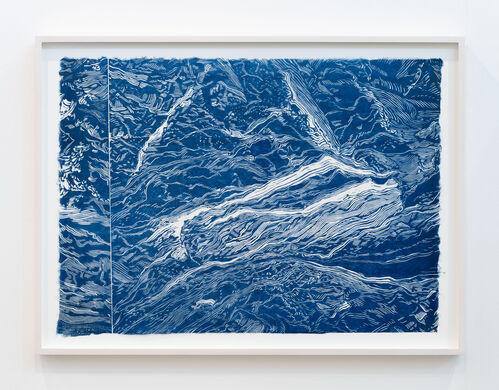
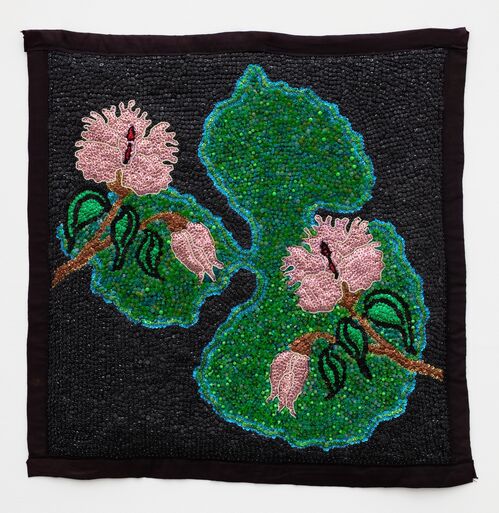
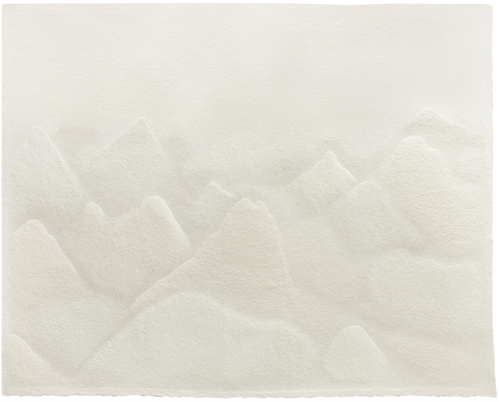

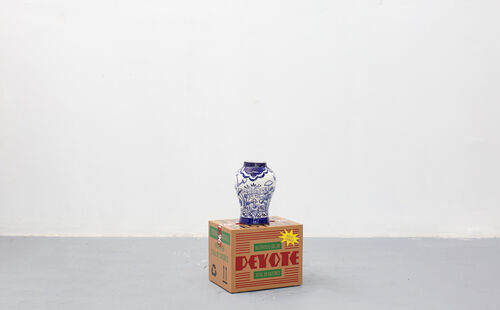
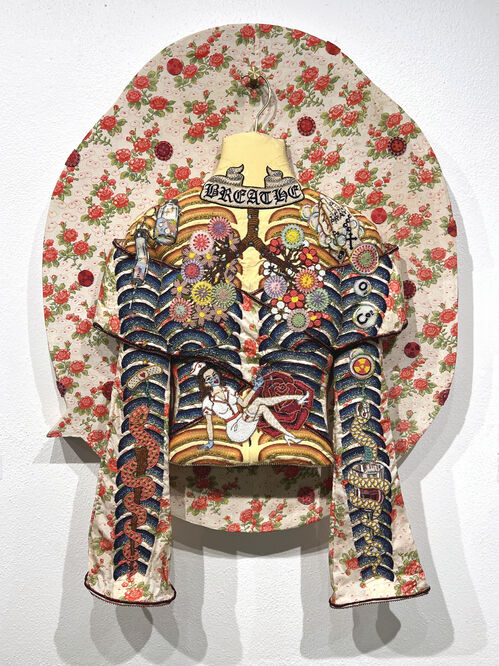
Still, economic angst couldn’t extinguish enthusiasm for the event. Now in its 17th edition, the fair is a marquee moment for the city’s rich arts ecosystem—an increasingly interconnected web of well-regarded local institutions like the Nasher, the DMA, the Dallas Contemporary, and the Kimbell Art Museum in nearby Fort Worth; and a growing crop of commercial galleries. The city is best known for its pool of storied collectors with serious blue-chip credentials, but it has seen an influx of newer participants enter its art scene, too. Evidencing this growth, the Dallas Art Fair now has a satellite—the Dallas Invitational, founded in 2023—and will get a second in 2026, when Salon Art + Design launches its Dallas edition in March.
At the main fair, local pride is palpable. Even as it draws an increasingly broad range of exhibitors and visitors, it’s “still firmly supported by the region: Oklahoma, Santa Fe, Fort Worth, Dallas, Houston, and San Antonio,” said Cornell. “That’s really a strength for us, that [galleries] bring works that remain in this region.” Case in point: Since 2016, the DMA has allocated a total of $965,000 to acquire works for its permanent collection directly from the fair. This year, the museum selected works by Sanlé Sory (shown by Yossi Milo Gallery), Alexa Kumiko Hatanaka (Patel Brown), Fu Xiaotong (Alisan Fine Arts), Tina Girouard (Anat Ebgi), Eduardo Sarabia (OMR), and Eri Imamura (Turner Carroll).

Dr. Valerie Bennett, the owner of hometown gallery Pencil on Paper, was born and raised in the city, and has been coming to the fair since it started. “There are little pockets of magic happening in Dallas, and the Dallas Art Fair has always been the foundation of it all,” she said. Included in her gallery’s group presentation are works on paper by Jessica Vollrath, a local artist who paints lyrical portraits of her family. A number of the artist’s works had pre-sold, according to Bennett; those that were still available near the end of VIP day were priced in the mid-four figures. Vollrath has a concurrent solo show on view at the South Dallas Cultural Center, another institution that bolsters the city’s creative community. “We have solid museums and institutions,” said Bennett, “But we could be greater than what we are now, and I think we’re going in that direction.”
One factor undoubtedly contributing to the city’s momentum is the increased spending power of its residents. Dallas has seen an 85% growth in its population of millionaires over the past decade, making it one of the world’s fastest-growing wealth hubs. And the diversity of industries that constitute the city’s local economy makes it relatively well positioned in times of economic precarity: Historically, Dallas has been steadier during recessions than other major cities. The longevity of the fair, despite its founding in the throes of the global financial crisis in 2009, exemplifies this resilience.
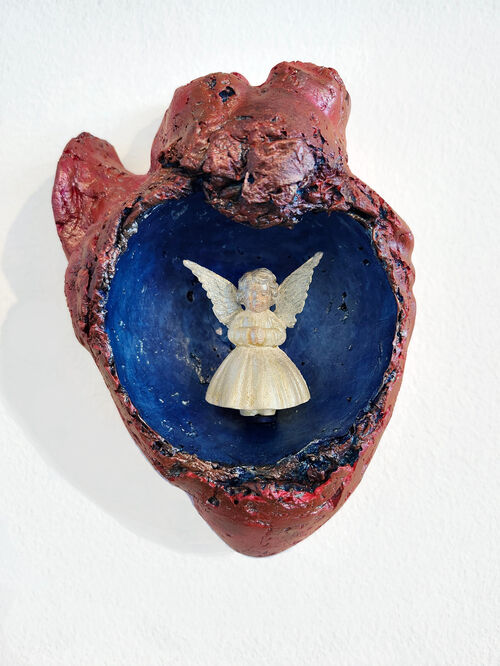
Angel, 2024
Celia Eberle
Cris Worley Fine Arts
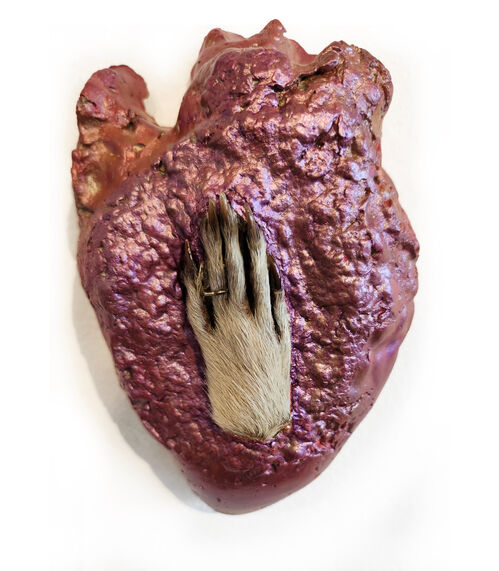
Paw , 2024
Celia Eberle
Cris Worley Fine Arts
Perhaps that’s why local dealers, like Bennett and Cris Worley, seemed in relatively sunny spirits, despite macroeconomic misgivings. “On the one hand, I’m really excited, but on the other hand, there’s a lot of uncertainty, so there’s anxiety,” said Worley, who founded her eponymous gallery in 2010. Ultimately, she said, “you have to be optimistic when you know what your mission is, which is to support the artists and bring their message forward.” Her presentation featured works by upwards of 20 artists from the gallery’s program, including Dallas artist Celia Eberle, whose small, visceral sculptures made of paper and found objects were hung along the booth’s back wall. Two hours into the preview, that wall was freckled with red dots indicating that Eberle’s works—all priced under $1,000—had sold.
Despite Texans’ reputed fondness for everything big, small works like Eberle’s stood out across the fair. At New York gallery Alexander Berggruen’s booth, visitors flocked to petite, wall-based ceramics by Kevin McNamee-Tweed, irresistibly charming due to their whimsy and tactility (most had sold midway through VIP day). Nearby, the New York- and Miami-based gallery Andrew Reed was showing postcard-sized paintings by Dan Attoe, who renders the tiny details of his cinematic vistas using a single-hair brush. One of these, Summer Night Work Break (2025), sold at the preview with an asking price of $6,000.
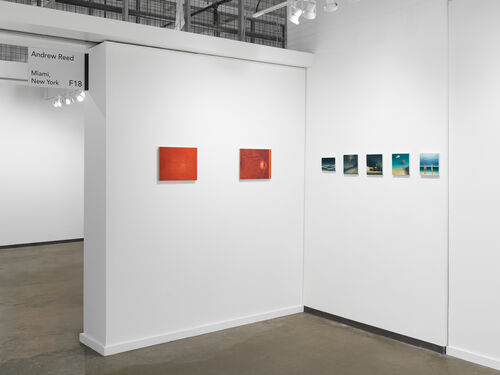
This is the young gallery’s second-ever fair, and founder Reed said he was drawn to Dallas by the strong reputation of its collectors. Though art fairs are taxing endeavors for small galleries at the best of times, Reed struck a hopeful note while simultaneously pulling out his phone to check his stock portfolio. Collectors are “holding back, to a degree, because this is all discretionary spending at the end of the day,” he said. “But I do like to think that, even in our volatile economic situation, people want to do things that make them feel good—and buying art, looking at art, is one of those things.”
Duarte Sequeira is another first-timer at the fair, making his debut in a joint booth with London’s The Sunday Painter. With gallery locations in Seoul, London, and Braga, Portugal, Sequeira stands to be heavily impacted by tremors in international trade. “The mood was quite tough when we arrived,” he acknowledged. “It’s definitely not the best moment in the world.” The two galleries are showing a solo presentation of the British painter Patrick H Jones, whose work matches the current moment: His paintings of racehorses, their body parts spliced and multiplied across the canvas, offer a visual metaphor for the competitive and chaotic nature of contemporary life.

6/2 Finish, 2025
Patrick H Jones
Duarte Sequeira
Headquartered in Hong Kong and founded in the 1980s, Alisan Fine Arts is no stranger to the throes of a trade war. Daniel Chen, the director of the gallery’s New York location, noted that he had previously lobbied for art to be exempt from tariffs imposed on Chinese goods during the first Trump administration. “We’re watching it very, very closely,” he said of the escalating trade conflict with China, and noted the “dampened” mood produced by the downturn in the broader art market.
Still, the gallery had cause to celebrate: One of the works in its booth—150,048 Pinpricks 150,048 孔 (2023), by Fu Xiaotong—was among those acquired by the DMA. The artist works with handmade Xuan paper, producing images using tiny pinholes. By piercing the paper at different angles, she creates textural contrasts through which figures, such as mountains or faces, emerge. Fu sources her materials from China, works in Berlin, and is now exhibiting in the U.S.—a poignant example of the global nature of art production, which Chen says must be preserved. “Art is one of those things that should be a cultural exchange,” he said. “It’s not car parts.”
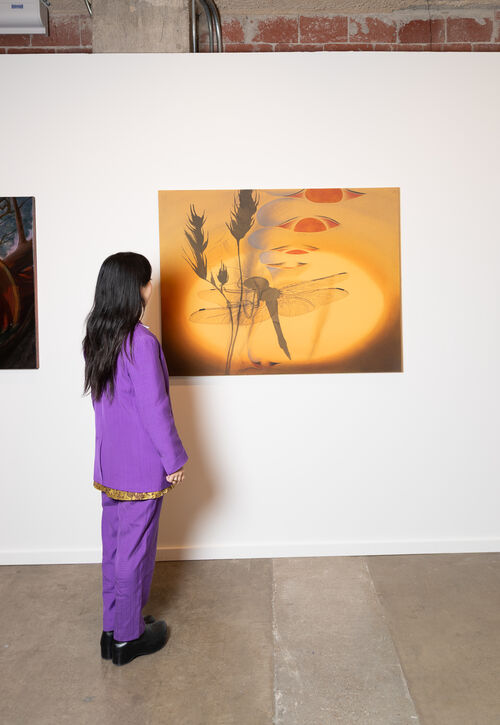
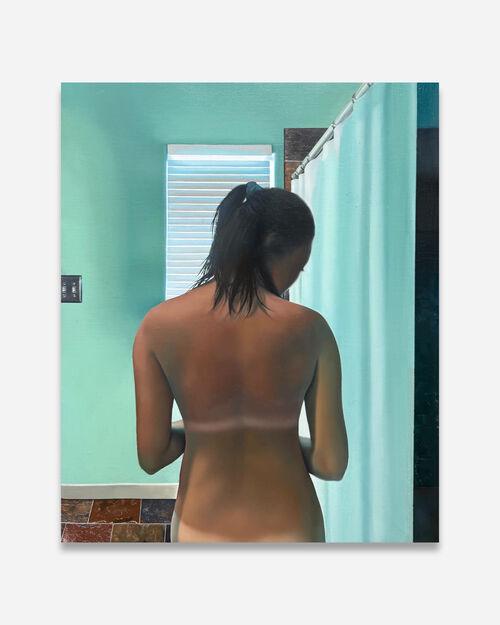
A Veil Drawn Beside, 2025
Sophia Anthony
Make Room
That sentiment—about the importance of cross-cultural circulation—was echoed by Emilia Yin, whose gallery, Make Room, is making its debut at the fair this year. The L.A.-based gallery works with a number of international artists, particularly those from the Asian diaspora. Among those represented in its booth are Sun Woo, a Korean Canadian painter whose featured work, The Reach (2024), feels at once gothic and futuristic; and Xin Liu, a Chinese multimedia artist (and Artsy Vanguard alum) whose work considers the body through the lens of technology. For Yin, the breadth of the gallery’s program is essential to its mission. “Especially during a political climate like this, it’s important to share what could be a different, diverse way of thinking and understanding the world,” she said. “So we’ll continue to support a diverse, very international group of artists.”



 Intrigued by signs of wear and former uses, Richard Haining has a deep reverence for the material and its history.
Intrigued by signs of wear and former uses, Richard Haining has a deep reverence for the material and its history.